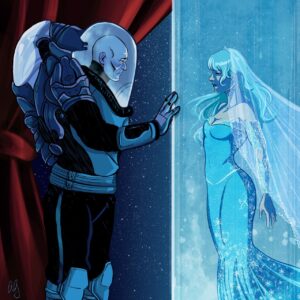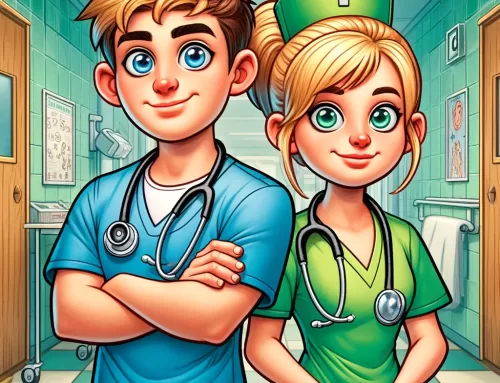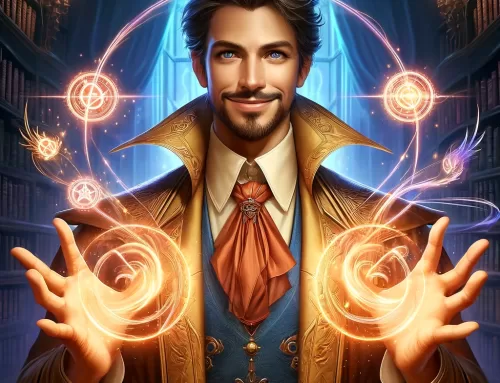Suffering from traumatic events, Huntress and Batman are two characters from the DC Comics universe whose motivations and actions are deeply influenced by traumatic experiences in their pasts. Their responses to trauma have shaped them into the vigilantes they are, driving their relentless pursuit of justice.
Huntress (Helena Bertinelli):
 Helena Bertinelli, the most recognized version of Huntress, had her life shaped by a traumatic event—the murder of her family in a mob hit, an event she witnessed as a child. Unlike Bruce Wayne, Helena was born into a world of crime, as her family was deeply involved in the mafia. The trauma of losing her family and her subsequent desire for vengeance propelled her into becoming the Huntress.
Helena Bertinelli, the most recognized version of Huntress, had her life shaped by a traumatic event—the murder of her family in a mob hit, an event she witnessed as a child. Unlike Bruce Wayne, Helena was born into a world of crime, as her family was deeply involved in the mafia. The trauma of losing her family and her subsequent desire for vengeance propelled her into becoming the Huntress.
Her trauma response involves using violence against the criminal underworld, often pushing the boundaries of Batman’s more rigid moral code. This difference in their approaches to dealing with crime and trauma often puts them at odds with each other, despite sharing a common goal of fighting crime. For Helena, becoming Huntress and targeting the mafia is both a personal crusade for vengeance and a broader fight against the type of violence that destroyed her family.
Batman (Bruce Wayne):
 Bruce Wayne’s trauma stems from witnessing the murder of his parents, Thomas and Martha Wayne, in a mugging gone wrong when he was just a child. This pivotal moment shattered his world and instilled in him a deep sense of loss, anger, and powerlessness.
Bruce Wayne’s trauma stems from witnessing the murder of his parents, Thomas and Martha Wayne, in a mugging gone wrong when he was just a child. This pivotal moment shattered his world and instilled in him a deep sense of loss, anger, and powerlessness.
The trauma catalyzed his transformation into Batman, with Bruce using his pain as a driving force to ensure that no other innocent person would have to endure a similar tragedy. This manifests in his rigorous physical training, development of detective skills, and creation of the Batman persona—a symbol meant to instill fear in the hearts of criminals.
Psychologically, Batman’s response to trauma can be seen as an attempt to regain control and order in a world that he perceivably lost control over the night his parents were killed. His strict moral code, particularly his aversion to killing, can be interpreted as a way to differentiate himself from those who inflicted such pain on him and to maintain his sense of self and morality in a world he often sees as corrupt.
Both characters use their trauma as a catalyst for their war against crime, but they process and channel their experiences differently just as real-life trauma survivors do. Batman’s approach is more about control, prevention, and instilling fear in criminals, while Huntress is more driven by vengeance and a personal vendetta against the criminal elements similar to those that caused her trauma.
Mr. Freeze (Victor Fries):
 Mr. Freeze, a character primarily from the Batman comics, is a fascinating study in the realm of comic book psychology. Born Victor Fries, Mr. Freeze is a scientist who becomes a villain after a tragic accident leaves his wife, Nora Fries, with a terminal illness. He cryogenically freezes her to halt the progression of her disease until he can find a cure. This accident also alters Victor’s body, making him unable to survive outside of a sub-zero environment, hence his need for a cryogenic suit to survive.
Mr. Freeze, a character primarily from the Batman comics, is a fascinating study in the realm of comic book psychology. Born Victor Fries, Mr. Freeze is a scientist who becomes a villain after a tragic accident leaves his wife, Nora Fries, with a terminal illness. He cryogenically freezes her to halt the progression of her disease until he can find a cure. This accident also alters Victor’s body, making him unable to survive outside of a sub-zero environment, hence his need for a cryogenic suit to survive.
The psychological profile of Mr. Freeze is deeply rooted in trauma, loss, and an unyielding commitment to his wife, which is both his driving force and his tragic flaw. His actions, though often criminal, are motivated by love, desperation, and the hope of reuniting with his wife. This gives him a unique place among Batman’s rogues’ gallery, as his motives are not rooted in greed, power, or psychosis, but rather in the deeply relatable fear of losing a loved one.
- Grief and Loss: Mr. Freeze’s psychological state is heavily influenced by his grief and the loss of a normal life with his wife. His actions are in many ways an expression of his grief, as he battles both to save Nora and to cope with his own transformation into Mr. Freeze. His obsessive focus on saving Nora can be seen as a form of complicated grief, where he is unable to accept her potential death and move on.
- Obsession: His single-minded focus on curing Nora transforms into an obsession, overshadowing any other aspect of his life. This obsession, while it showcases his love and dedication, also leads him down a path of ethical compromises and criminal activity. It’s a stark representation of how obsession, even with noble intentions, can lead to one’s downfall.
- Identity and Transformation: Victor Fries’s transition into Mr. Freeze signifies a profound change in identity. This transformation can be seen as a coping mechanism for his inability to deal with Nora’s illness and his own altered condition. He adopts the persona of Mr. Freeze, focusing his intellect and resources on his goals, which psychologically distances him from the pain of his human side.
- Moral Ambiguity: Unlike many villains, Mr. Freeze’s moral compass is not inherently skewed towards evil. His actions are driven by a desire to do good for his wife, but his methods put him at odds with the law and Batman. This moral ambiguity makes him a complex character, as audiences can empathize with his motives even if they disagree with his methods.
Nora Fries, on the other hand, serves as the emotional anchor for Mr. Freeze’s character. Her illness and cryogenic state are the catalysts for his transformation. Nora represents an idealized love and the hope for a miracle cure. Her character is pivotal in understanding Mr. Freeze’s motivations, as every action he takes is in service of saving her or preserving her memory. Nora’s character doesn’t get as much development as Victor’s, but she symbolizes the lengths to which love can drive a person, even to the point of self-destruction.
In essence, the psychological profiles of Mr. Freeze and his wife encapsulate themes of love, loss, obsession, and moral ambiguity, offering a complex narrative about the human psyche and the lengths one might go to in order to protect or save a loved one.
Summary:
Just like humans, these superheroes’ personal traumatic experiences have not only shaped their identities but also continue to influence their relationships, their choices, and their battles—both internal and external.




